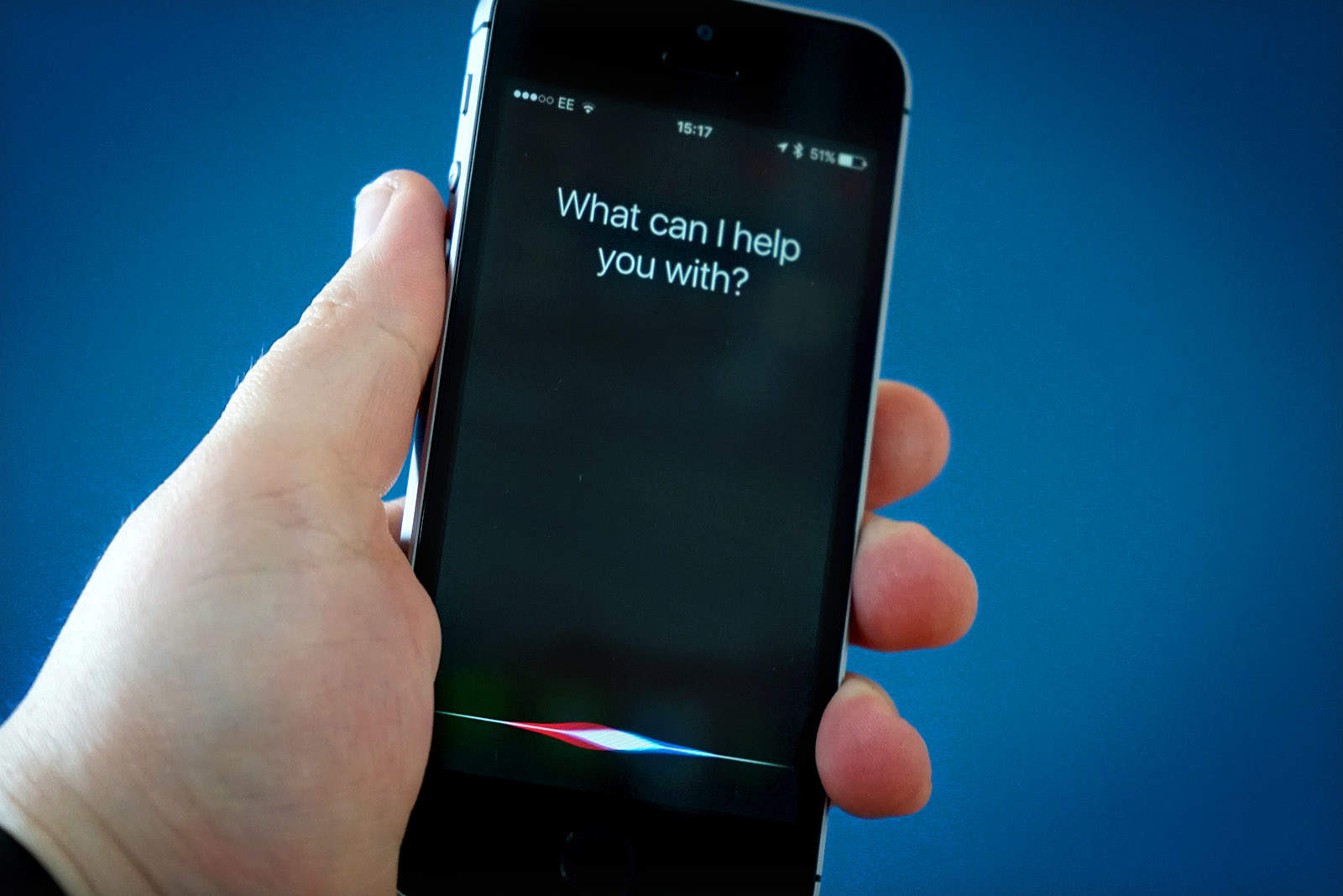Apple has updated its recently-launched machine learning blog to include three new papers, describing Apple’s use of artificial intelligence to improve Siri.
Check out the details below.
Learning about machine learning
In the first new paper, “Inverse Text Normalization as a Labeling Problem,” Apple talks about the problem of keeping Siri’s speech recognition levels high when launching the service in a new language.
That’s because Apple doesn’t immediately have enough data to train its acoustic models, which could lead to poorer accuracy. However, by using so-called “transfer learning techniques” which leverage data from existing acoustic models, Apple is able to transfer high levels of speech recognition across both languages and audio channel bandwidths.
“Our techniques help to improve significantly Siri’s accuracy on the day we introduce a new language,” Apple’s engineers write.
In the second paper, “Inverse Text Normalization as a Labeling Problem,” Apple describes the way that it is able to get Siri to say dates, times, addresses and currency amounts in a nicely formatted way — for example, “October 23, 2016” instead of “October twenty third twenty sixteen.”
The third new paper is titled, “Deep Learning for Siri’s Voice: On-device Deep Mixture Density Networks for Hybrid Unit Selection Synthesis.” It describes some of the deep learning technologies that have improved the quality of Siri’s voice — making it more natural and smooth-sounding.
Apple’s drive to improve AI
Apple’s machine learning blog is notable because, for a long time, Apple segregated itself from the rest of the AI community, refusing to attend conferences, or to let its researchers publish their work in existing journals.
That’s been changing in recent months, with the company opening up about its work in this area and actually publishing research papers describing its own work. (Being Apple, of course, they opted to create their own machine learning journal rather than publish in an existing one.) Part of the rationale for doing this may be to help recruit more machine learning researchers, who may otherwise be put off by Apple’s secrecy.
Apple’s not totally changed direction, however. Unlike fellow tech giants such as Facebook and Google, who have been known to publish research they haven’t yet found commercial applications for, Apple is playing it relatively safe. The transition of Siri to a deep learning-based model happened with iOS 10, and Apple’s only now publish a paper describing some of that research.
Given the lengths that Apple goes to to keep new product names secret, it’s no surprise it wouldn’t want to be open about the latest cutting edge research it is doing. From the look of things, Apple’s not going to be making AI announcements that will shock the world any time soon, though.
Still, for a company that was previously viewed as falling behind everyone else in this most crucial aspect of computer science, this blog is definitely a promising (and educational) step.


